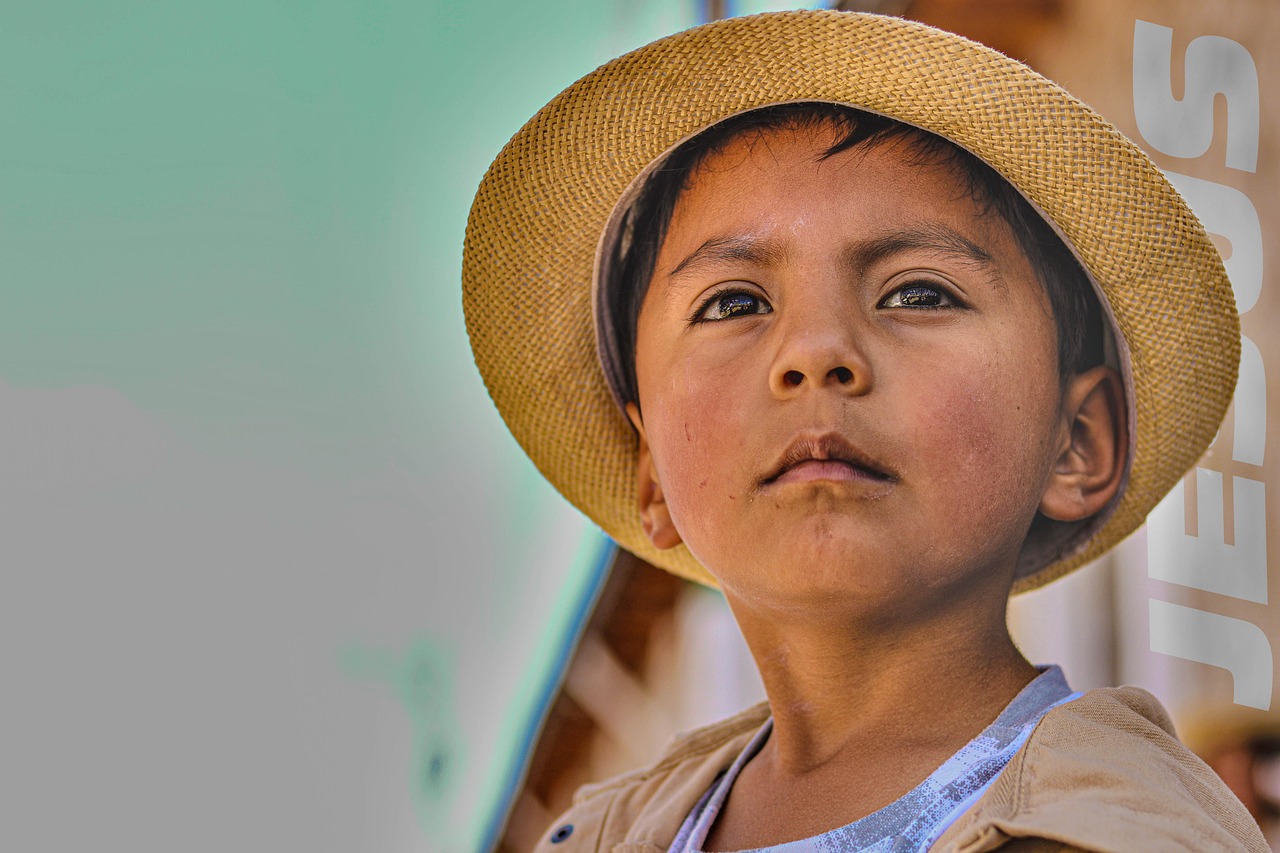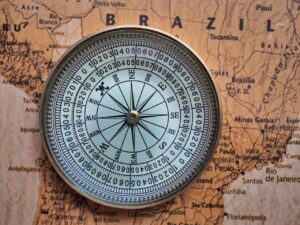Latin America is not just a destination; it’s a living, breathing rhythm—felt in the sway of a samba, the aroma of sizzling street food, and the heartbeat of ancient rituals that continue to echo through generations. While travelers often seek out iconic landmarks like Machu Picchu or the beaches of Rio, the real soul of Latin America is found in its celebrations and flavors. To travel here is to feast, to dance, and above all, to connect.
A Taste of History: The Origins of Chocolate in Mesoamerica
Before it became a sweet treat in Western grocery stores, chocolate was sacred in the ancient cultures of Mexico and Central America. The Olmecs, Mayans, and Aztecs used cacao beans not just as currency, but also in rituals and spiritual ceremonies. Bitter cacao drinks, infused with chili and spices, were reserved for nobility and warriors.
In the town of Oaxaca, Mexico, traditional mole—a rich sauce made with chocolate, chilies, and spices—is still prepared for weddings, birthdays, and Day of the Dead. Tasting mole is more than eating; it’s absorbing centuries of culinary heritage.
Colombia’s Feria de las Flores: A Celebration of Resilience
Every August, the city of Medellín erupts in color during the Feria de las Flores (Flower Festival). Originally a celebration of local flower farmers, this weeklong festival is a triumph of rebirth. Once known for violence and cartels, Medellín now blooms with culture, art, and pride.
Locals parade enormous flower arrangements—silletas—on their backs, a tradition rooted in rural farmers who once carried flowers to market on foot. These displays are not just pretty; they’re powerful symbols of endurance and dignity.
During the festival, streets are filled with music, dancers in traditional costumes, and food stalls selling arepas and empanadas. It’s not a show for tourists—it’s a heartfelt tribute to the people of Antioquia and their transformation.
The Brazilian Carnaval: More Than a Party
It’s easy to think of Carnaval as a flashy parade, all feathers and sequins. But in Brazil, Carnaval is deeply rooted in Afro-Brazilian culture, colonial history, and religious syncretism. It’s a time when social hierarchies dissolve, and music unites everyone.
In Salvador, you’ll hear the beating drums of blocos afro like Olodum, whose rhythms stem from African traditions brought by enslaved peoples. In Rio de Janeiro, samba schools prepare all year for their moment of glory in the Sambadrome, creating performances that often reflect social and political themes.
And in smaller towns like Olinda and Recife, the spirit of Carnaval takes on a more intimate, folk flavor, with traditional dances like frevo and maracatu.
To witness Carnaval is to feel alive—but to understand it is to recognize centuries of struggle, fusion, and celebration.
Peru’s Inti Raymi: The Inca Festival of the Sun
Held every June 24 in Cusco, Inti Raymi (Festival of the Sun) is a reenactment of one of the most important Inca ceremonies. Celebrating the winter solstice and honoring Inti, the sun god, this ancient ritual was once banned by the Spanish and resurrected only in the 20th century.
Thousands of people dress in elaborate costumes and gather at the ruins of Sacsayhuamán to watch the procession and offering rituals. The energy is electric, especially among indigenous communities reclaiming their history and identity.
While modern versions are theatrical, they’re also educational—offering insight into a civilization that once rivaled Rome in its complexity and scale.
Sipping Culture: Yerba Mate in Argentina and Uruguay
In Argentina and Uruguay, drinking yerba mate is not just a habit—it’s a social ritual. People gather in parks, homes, and street corners, sharing from a single gourd passed in a circle.
The preparation is meticulous. The host, known as the cebador, brews the first round, often bitter and strong. It’s not just about caffeine—it’s about connection.
Travelers who are invited into a mate circle are treated not as outsiders, but as temporary locals. It’s a quiet yet profound gesture of trust.
Indigenous Identity Through Food: Bolivia’s Mercado Experience
In the high-altitude capital of La Paz, Bolivia, the Witches’ Market may attract the curious, but for a deeper cultural dive, spend time at the Mercado Lanza or Mercado Rodriguez. Here, you’ll find cholitas—indigenous Aymara women—selling everything from freshly baked quinoa bread to llama meat and purple corn juice.
Food here is interwoven with Andean identity. Salteñas, a type of juicy baked empanada, are eaten in the mornings. Chairo, a traditional stew made with freeze-dried potatoes, is a reflection of centuries-old preservation methods.
Dining in Bolivia is about honoring land, legacy, and labor.
Día de los Muertos: Honoring the Departed in Mexico
Perhaps one of the most iconic yet misunderstood festivals is Día de los Muertos (Day of the Dead). Celebrated primarily in Mexico on November 1–2, it’s a vibrant mix of indigenous Aztec and Catholic traditions.
Families build ofrendas (altars) filled with marigolds, candles, and favorite foods of the departed. Cemeteries come alive with music and laughter, as people gather to honor—not mourn—their loved ones.
The city of Pátzcuaro, in the state of Michoacán, offers one of the most authentic experiences. Indigenous Purépecha rituals involve canoes, candlelit vigils, and hauntingly beautiful music.
Hidden Carnival: The Afro-Colombian Heritage of San Basilio de Palenque
While much attention goes to Rio or Barranquilla, few know about San Basilio de Palenque, the first free African town in the Americas. Located in northern Colombia, it celebrates Palenquero culture with music, food, and language that survived slavery and colonialism.
Here, champeta music pulses from speakers, and traditional dishes like mondongo (tripe soup) and coconut rice are served during community festivals. The people still speak a Spanish-Creole language and practice oral storytelling traditions passed down from Africa.
To visit is to witness living resistance and joy.
Why This Matters to Travelers
In a world increasingly consumed by generic travel and social media snapshots, Latin America offers something real. Each celebration is not just a spectacle—it’s a testament to identity, endurance, and the power of community.
Whether you’re dancing in the streets of Salvador, sipping mate in Buenos Aires, or savoring mole in Oaxaca, you’re not just seeing Latin America—you’re feeling it.
You’re reminded that the most meaningful journeys are the ones that touch all your senses—and maybe, your soul.




